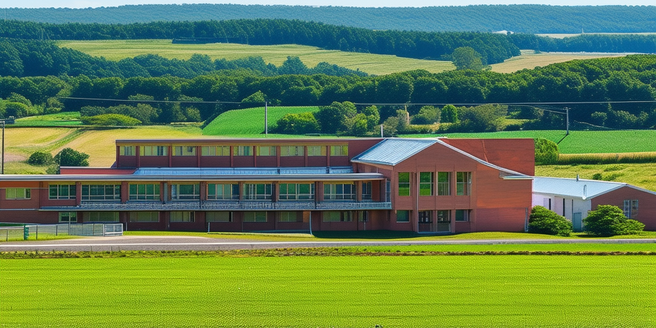Understanding the Concept of Welfare
Welfare refers to the state of doing well, especially in respect to good fortune, happiness, well-being, or prosperity. In this context, it does not only imply personal prosperity but also community wellness. It plays a significant role in enabling equitable opportunities for all societal members. Specifically, it promotes social justice by alleviating poverty and addressing social inequities. A variety of programs are involved in the welfare system, designed to provide financial and material assistance to individuals and families in need. The concept of welfare goes beyond mere survival; it addresses the quality of life and a person’s capacity to participate fully in society. Understanding the intricacies of the welfare system is key to grasping the intersection and interplay between education and welfare.
Education and Its Role in Societal Welfare
Education is a vital component in improving an individual’s well-being, providing the skills needed for improved career prospects, paving the path towards financial stability. This stability, a result of acquiring knowledge and securing gainful employment, raises living standards, which is instrumental in societal development. Moreover, education’s role expands beyond individual welfare; it transforms society, lifting individuals out of poverty to contribute to the economic prosperity of their communities. It empowers people through knowledge, fostering their economic independence, and moving society towards collective prosperity. This underscores the immeasurable value of education for both an individual and their community.
Unraveling the Relationship Between Education and Welfare
The interplay between education and welfare is multi-faceted, with any changes in either area bringing about significant impacts on the other. Access to quality education is a vital aspect of effective welfare policies, particularly for socioeconomically disadvantaged groups. Ensuring that education is inclusive and affordable leads to reduced disparities, thereby creating a more equitable society. However, welfare not only involves education, but also extends to aspects like housing, nutrition, and health. These create an environment conducive to effective learning – for example, a well-nourished student can focus better, and a student with stable housing can study peacefully. Thus, supportive welfare programs significantly enhance the effectiveness of education. To sum it up, the relationship between education and welfare is co-dependent and multi-faceted, highlighting the importance of intelligent policymaking for societal improvement.
How Welfare Improvements Can Influence Educational Outcomes
Enhancing the welfare system can profoundly impact educational outcomes. An optimized well-being program can mitigate financial stress many families face, freeing up funds that can be redirected towards education-related expenses. Focus on nutritional aid or providing assistance for housing unburdens the household budget, allowing parents to invest more in their children’s education. Welfare schemes dedicated to health, housing, and food security foster a conducive learning environment. For instance, a child who lives in a secure and healthy home, or who doesn’t need to worry about their next meal, is more likely to focus on their studies. This correlation between welfare and education stimulates greater educational focus from both students and parents, increasing school attendance and academic performance. Put simply, improvements in welfare provisions create a domino effect towards better educational commitment, higher regular school attendance, and increased scholastic achievements. This underscores the critical role welfare programs play in enriching our society through education.
The Intersection of Education and Welfare Policies
The reciprocal relationship between education and welfare policies is evident and significant. The formulation and implementation of educational policies, particularly those targeting inclusive, quality education for all, including underprivileged groups, can significantly improve societal welfare. Similarly, welfare policies targeting poverty reduction and improved living conditions create an environment conducive to learning and personal growth, enhancing educational outcomes. This interdependent relationship between these two policy areas underscores the need for a comprehensive planning approach, considering both concurrently rather than as separate entities. Ultimately, an interconnected approach to developing education and welfare policies not only enhances educational attainment but also socio-economic conditions for the general population.



